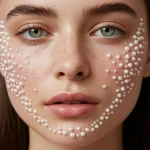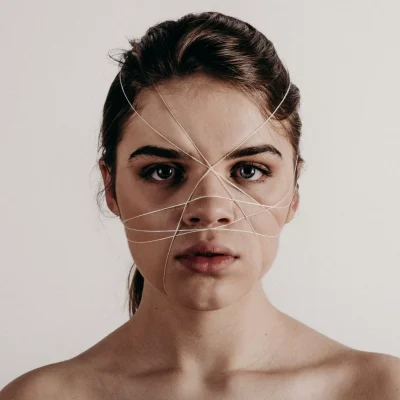A sagging jawline, puffed facial contours, drooping lids, and a visage that seems to lose its architectural clarity—these are the silent signatures of aging rarely celebrated in glossy editorials. While popular media often glorifies “graceful aging” with sculpted features and a fine mesh of wrinkles, in truth, the manifestation of time’s imprint is intricately shaped by our genetic morphotype. A leading specialist from our women’s community, delves into one of the most prevalent aging morphotypes among Slavic and European women: the deformation type. Let us uncover its hallmarks, how to navigate it, and what interventions may do more harm than good.
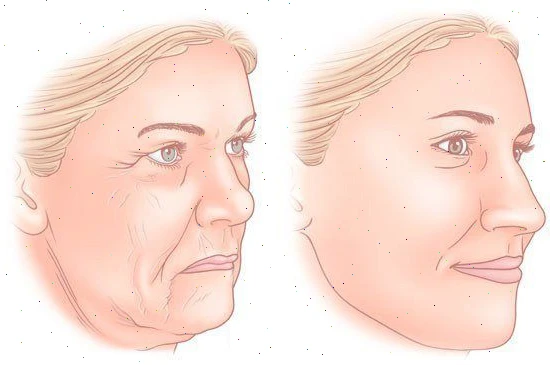
Key Threats and Manifestations of the Deformation-Type Aging
The deformation morphotype is frequently observed in women with either oily or combination skin, often accompanied by a hypersthenic body constitution, characterized by:
- Broad, pronounced bone structure
- Sturdy shoulders
- A wide thoracic cage and/or voluptuous hips
- A propensity toward weight gain and sluggish metabolic function
Paradoxically, in youth, this type possesses a distinct cherubic allure—soft, plush facial features, the hallmark “baby face,” supple skin, and gentle, feminine expressions. Moreover, wrinkle formation is often delayed; the skin retains its tautness and elasticity for years.
Yet, as the years unfurl, this very juvenile plumpness becomes the Achilles’ heel.

The crux lies in the voluminous adipose compartments—fat pads ensconced beneath the dermis and between musculature—that define this type.
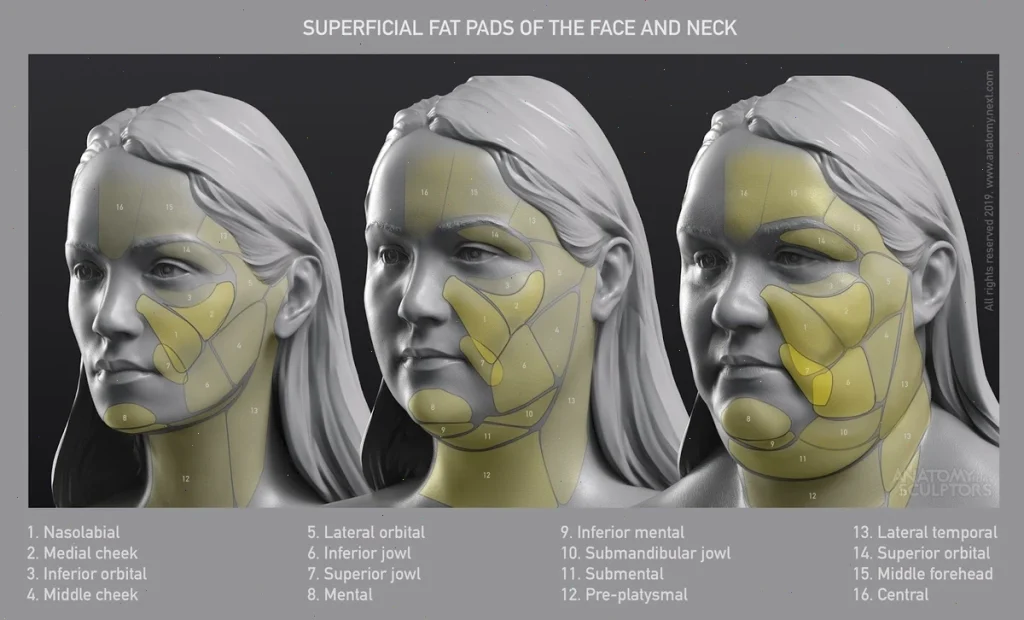
As time marches on, several degenerative forces converge upon these structures:
1. The Structural Collapse of the Facial Framework
With age, the facial ligament system—akin to an intricate lattice of dense collagen fibers—begins to falter. These ligaments cradle and anchor fat pads in specific facial “compartments.” However, the diminished production of collagen leads to ligament laxity. Once these anchoring fibers loosen, fat pads drift under the pull of gravity, descending into the lower third of the face.
2. Nutrient Depletion Within the Dermal Matrix
Compounding the issue is the decline in essential proteins—collagen and elastin—within the dermis post age 25–30. These structural molecules maintain dermal density, tensile strength, and elasticity. As their synthesis wanes, the skin loses its firmness, yielding less support for fat compartments, which then sag more readily.
3. Weight Gain and Metabolic Drag
The hypersthenic body is inherently inclined to gain weight, and with age, maintaining metabolic balance becomes a herculean task. The predisposition to insulin resistance and metabolic syndrome (including obesity and diabetes) further amplifies fat pad volume. This burgeoning load overwhelms already fatigued ligaments and lax skin, deepening facial distortion.
4. Persistent Puffiness
Subcutaneous fat is innately sponge-like, hydrophilic by nature—composed significantly of water. It functions as a fluid reservoir, often retaining excess moisture. Thus, deformation-type faces are predisposed to puffiness, especially when sodium intake is high (as salt retains fluid), or lymphatic drainage is impaired—a common age-related issue.
Identifiable Markers of the Deformation-Type Aging
The culmination of these processes yields a series of unmistakable features:
- Blurred, sagging facial contours and persistent puffiness, especially on awakening
- Enlarged pores and slackened skin due to fat pad migration
- Drooping eyelids (eyelid ptosis) and pronounced under-eye bags
- Deep nasolabial folds with visible fat ridges
- Jowls and a second chin
- Puffy neck with skin folds, giving the illusion of a “shortened neck”
Altogether, the deformation-type becomes a vivid example of the “inverted triangle of youth.”
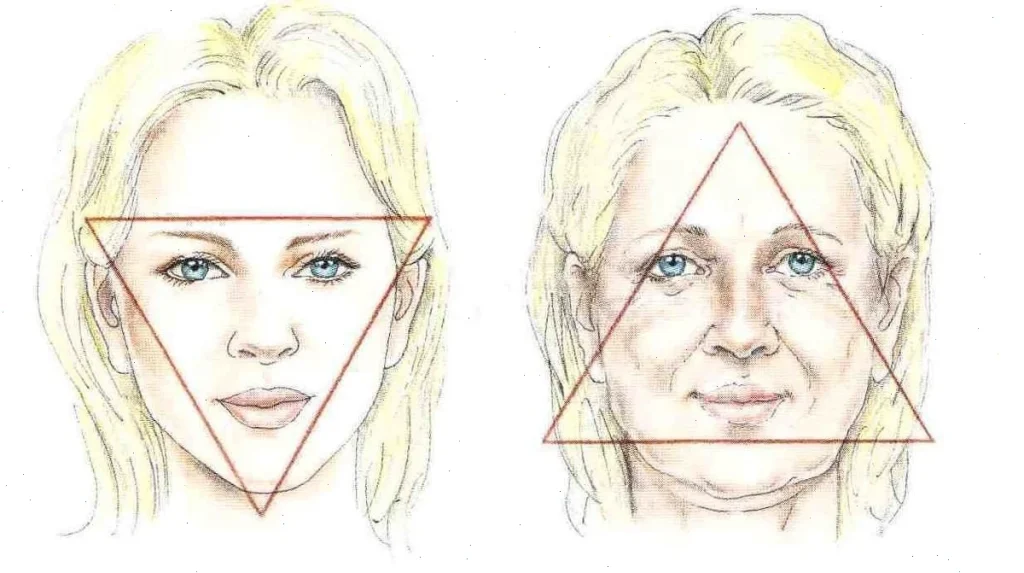
Strategies for Combating the Deformation-Type Aging
Correcting this morphotype poses unique challenges. A multipronged approach is essential—tempered by avoidance of popular yet detrimental trends.
1. Steer Clear of Hyaluronic Acid Fillers
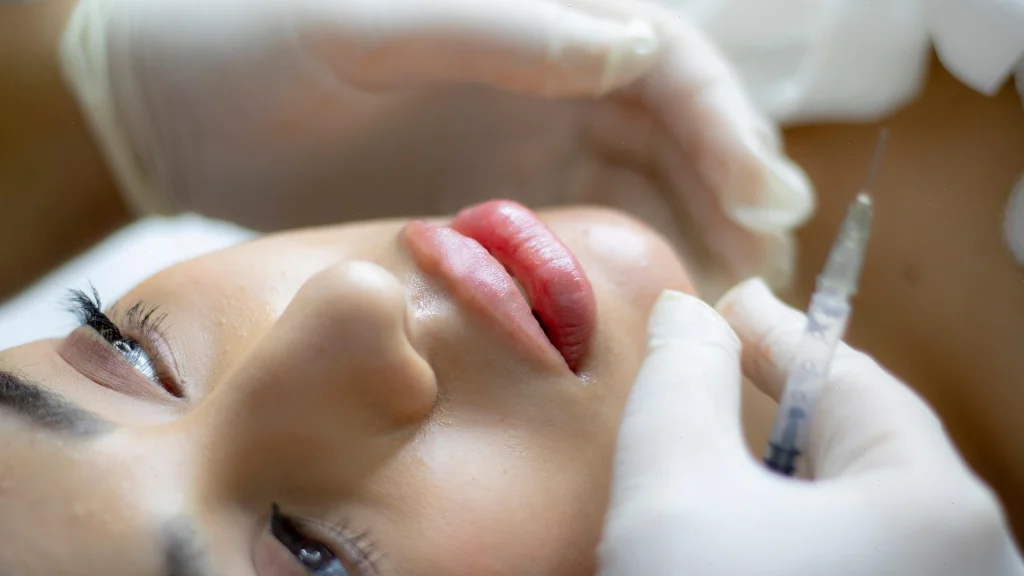
Let’s begin with an unequivocal interdiction.
Volumetric correction of the lower face using hyaluronic acid fillers is a pitfall for this morphotype. Though initial results may appear pleasing, they belie the underlying damage.
Why? Hyaluronic acid is highly hydrophilic—it draws in moisture and retains it, leading to exacerbated puffiness and facial bloating. Far from rejuvenation, the outcome is a heavier, more burdened visage.
2. Dietary Diligence Is Paramount
Rejuvenating procedures alone will falter if dietary patterns aren’t addressed. For the deformation type, nutrition plays a pivotal role:
- Fast Carbs: Industrially processed sweets, baked goods, fast food—these are rapidly absorbed carbohydrates that spike glucose levels, promote fat accumulation, and precipitate insulin resistance. They amplify subcutaneous fat stores, accelerating facial deformation.
- Sodium-Rich Foods: Pickled treats, cured meats, and salty snacks escalate fluid retention, heightening facial puffiness.
However, draconian carb-cutting diets aren’t the answer; they may do more harm than good.
Instead, prioritize complex carbohydrates with low glycemic indices: buckwheat, brown rice, baked potatoes, whole-grain bread, oats, durum wheat pasta, and dried or fresh fruits.
Additionally, integrate protein sources abundant in amino acids vital for collagen synthesis (lysine, glycine, hydroxyproline, hydroxylysine):
- Lean red meats (beef, lamb)
- Poultry and eggs
- Offal (liver, heart, chicken skin)
- Rich broths from bones
- Fish (salmon, tuna, cod)
- Soy products (tofu, soy milk, soybeans)
- Nuts (cashews, pistachios)
Collagen supplementation may also be considered to fortify internal reserves.
3. Posture is Power
Posture isn’t merely aesthetic—it’s structural. In this aging type, slouching exerts strain on muscles deeply intertwined with facial architecture, especially the omohyoid and platysma muscles. When chronically tensed, they shorten and pull downward—dragging the overlying adipose tissue along.
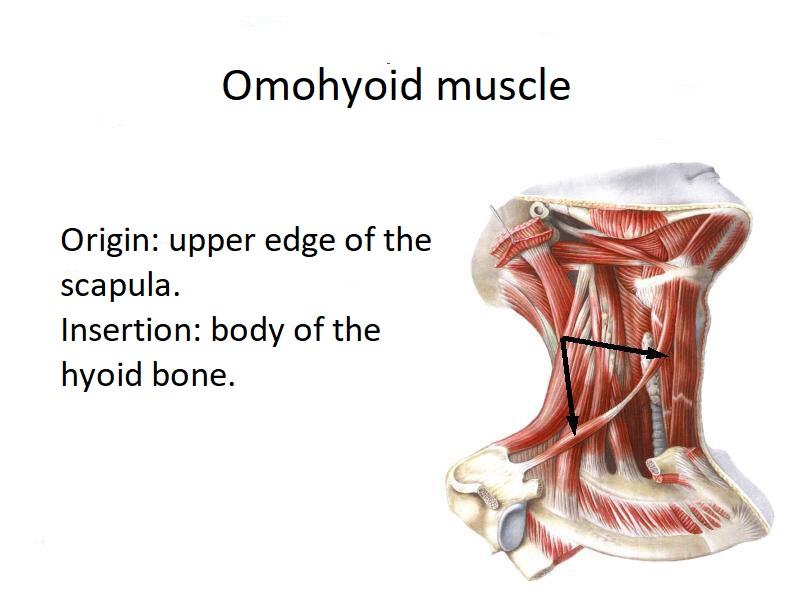
The result? Exaggerated nasolabial folds, drooping jowls, and a more prominent second chin.
Routine posture-correcting exercises thus become a quiet yet powerful form of age defiance.
4. Deflate Surface Puffiness with Manual Techniques

Edema is a chronic nemesis for this morphotype, and resolving it involves more than just diet.
Lymphatic drainage through facial massage—whether manual or via Gua Sha—can greatly reduce superficial puffiness. Even home routines, when done consistently along proper massage lines (from center outward), offer proven results over time.
5. Reinforce the Facial Scaffold and Elevate Fat Pads
For more pronounced age-related transformations, superficial techniques are no longer enough. One must target the root: the fascial and ligamentous framework.
Enter myofascial facial massage (osteo-lifting)—a comprehensive method delivering layered benefits:
- Releases deep muscular tension, preventing downward facial traction
- Revitalizes dermal microcirculation and boosts collagen/elastin production
- Fortifies facial ligaments, anchoring displaced fat pads
- Engages facial fascia to provide natural lifting effects
- Smooths deep folds and expression lines
This technique is a cornerstone at our Moscow studio. For more details, explore our resources—we’d be delighted to welcome you.
Have you encountered the deformation-type aging in yourself or others? Share your experience in the comments below.



